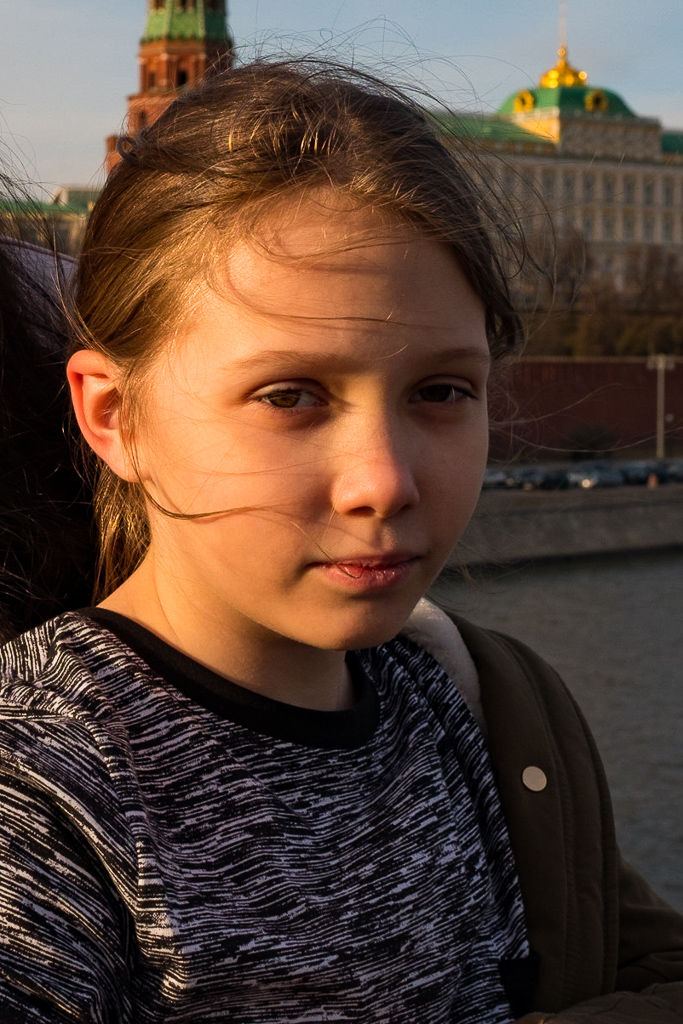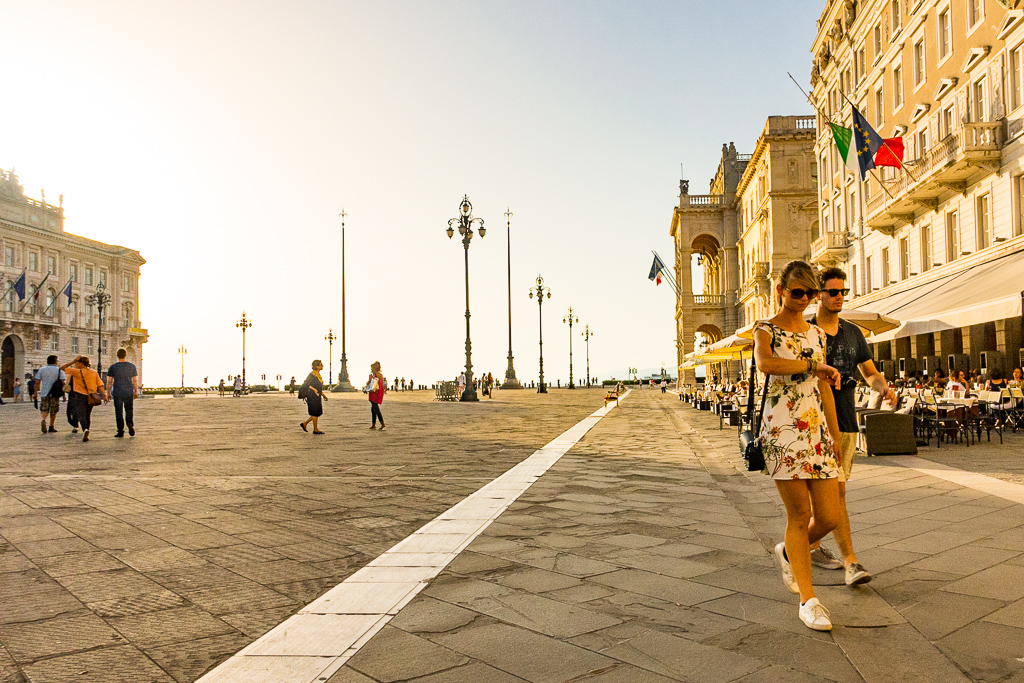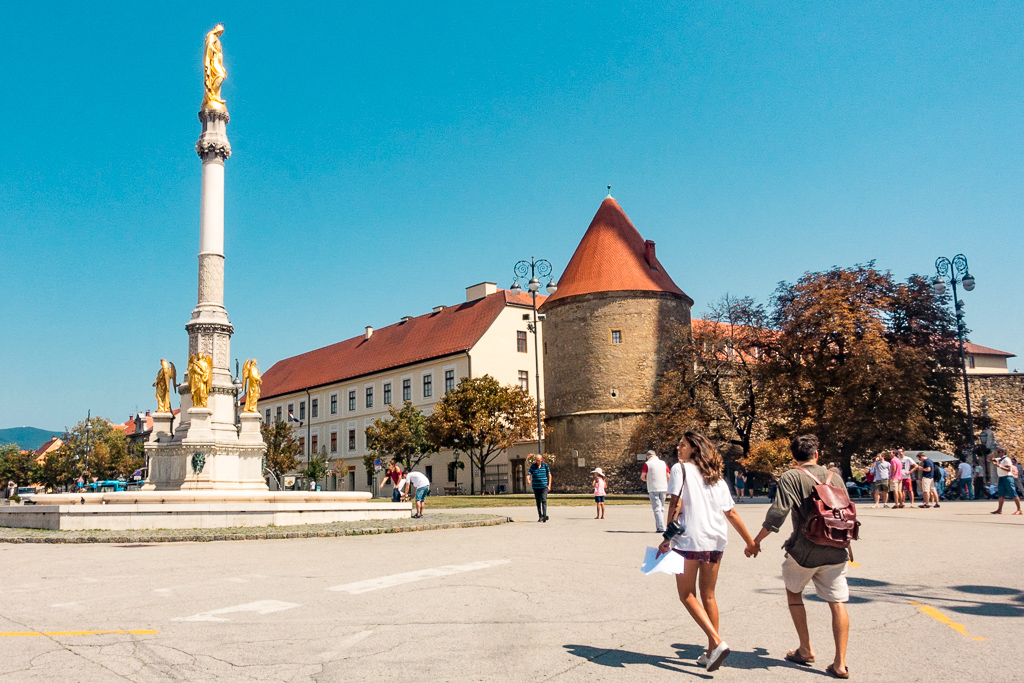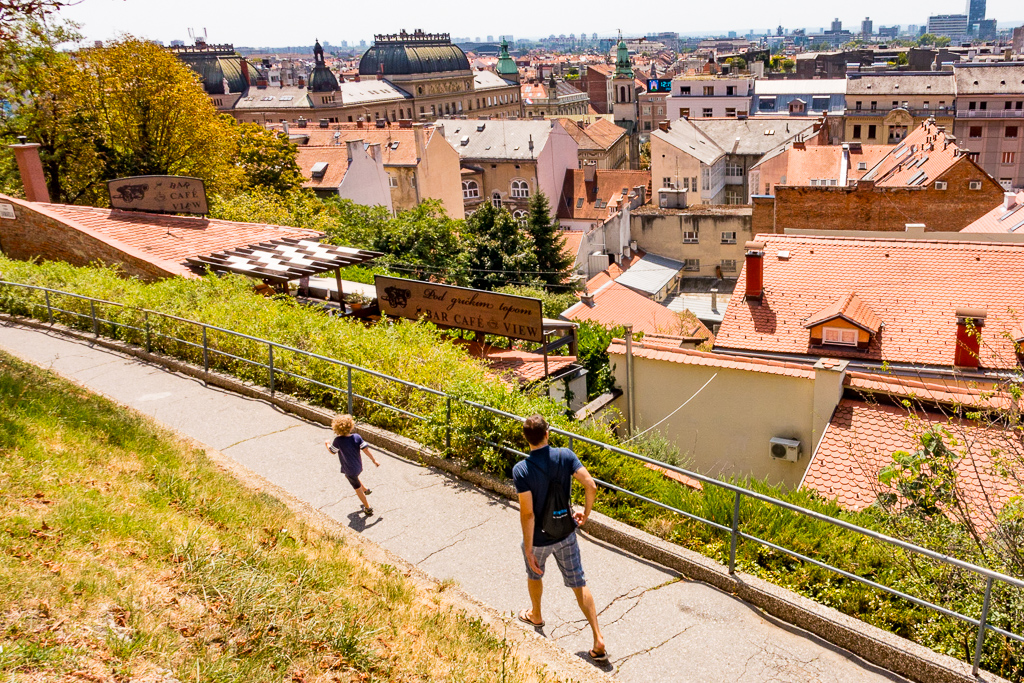More Progress
writer: russell j.t. dyer; posted: sep 2018; revised: sep 2018
In May 2013, I posted a web log article in which I described how I have been Making Progress in developing my photography skills. In that article, I looked at a few photographs that I had taken of the same scene (i.e., the Colosseum in Rome), but over several years. I had improved greatly; I had learned to take better photos. Although that article and this one are about how I have improved, you may find it useful if you’re trying to improve your photography skills: either for ideas on how to improve your skills, or for ideas on how to assess your own progress.
In the past two years, my interest in photography has waned. It doesn’t consume my thoughts and activities as much as it once did. While practice does help greatly to improve one’s skills, sometimes taking a break and then a fresh approach helps as well. In looking at some of my photos in the past year or so, I can see some significant improvements since my last assessment.
Realizations & Changes
When I first got into photography — that is to say when it became a passion and not a passing interest of mine — I pursued many types of photography: landscape, macro, nature, portrait, architecture, and street photography. This accounts for why I had previously so many cameras and lenses. As I began to recognize that my interests were too diverse, I decided that I’d do better to concentrate on fewer types. I limited myself to studio portrait and street photography. Basically, I like people. Since I travel often around Europe and elsewhere, I also took pictures when on trips.
These realizations and concentrations led to me making many changes. First I eliminated zoom lenses from my equipment. Next, I decided that Almost Everything Must Go, that I had gear I didn’t need or no longer wanted.
Being clear as to my interests, and using equipment best suited for those interests, helped me to improve. Besides using the right tools for the tasks, reducing the number of cameras and lenses — and the diversity of them — allowed me to become better at using my photography gear and to focus more on the art and not on the equipment — or at least not to be distracted by it.
Better Portraits
Isabella in Studio (March 2015)
camera: Leica M9; lens: Leica Summacron-M f/2 50mm
exposure: f/9.5, 1/180 sec., iso 160; focal length: 50mm
Yulia in Moscow (April 2018)<br/>camera: FujiFilm X100F; lens: Fujinon f/2 23mm<br/>exposure: f/8, 1/640 sec., iso 400; focal length: 23mm
Over time, I have assembled some good studio photography equipment: strobe lights, reflectors, softboxes, backgrounds, etc. And I’ve learned how to use them well. I’ve also taken some private lessons from professional portrait photographers (see article on Finding Clarity). All of this helped me to become better at studio photography.
In my makeshift, home photography studio — which I would assemble as needed — I managed to improve my skills, learning not only how to take portrait photos in a studio, but how to take them using natural lighting out of a studio, outside.
Looking at these two photos, I think you can see a marked improvement. The first was taken several years ago in my home studio of Isabella. Although she did well at modeling, and the lighting is fairly good, the photo is lacking. This second photo taken outdoors in Moscow of Yulia is much better: the lighting is natural and warmer, as well as the pose is more interesting..
I’ve not only improved at making portraits (i.e., focusing and use of aperture), but I’ve learned to notice good lighting and setting when they’re available and how to use them. The photo of Isabella is too clinical; the one of Yulia is vibrant and exuding.
Street & Travel Photography
Although the photographs I’ve taken that I like the most are the street photography ones, I don’t do street photography very often. In the past two years, I’ve mostly taken photos while traveling — either for work or while on vacation. As simple as it may seem, it did not occur to me until about a year ago that travel photography and street photography can sometimes be the same.
For example, when traveling I would take a photograph like the one here, taken in Warsaw at Rynek Starego Miasta, the old town market place. Although it’s a fairly nice photo, properly exposed and composed, it’s boring, lacking life. With almost no one in the shot and nothing happening, it exudes almost nothing.
Comparison: Static vs. Action
Warsaw, Poland (September 2015)
camera: Leica M-9; lens: Leica Elmarit-M f/2.8 21mm
exposure: f/8, 1/500 sec., iso 400; focal length: 21mm
Trieste (July 2017)
camera: Sony RX100-M3; lens: Zeiss Vario-Sonnar f/1.8
exposure: f/6.3, 1/160 sec., iso 400; focal length: 8.8mm
Compare this photo in Warsaw to the next three photos and you’ll see there contain action and interest. You can click on each image to see a larger version of the same photograph. They’re much better, although I used a better camera in Warsaw: a Leica M9 with a full frame sensor and a Leica lens. Whereas for the other three I used a Sony RX100-M3. It’s a small compact camera with a 1-inch square image sensor and a lower quality, albeit Zeiss lens.
The photograph here that was taken in Trieste, is of the Piazza dell’Unità d’Italia. It’s another plaza, but I caught a young couple passing through. It would have been better if I had taken it a few seconds sooner, placing them a little to the left of where they are now. Not knowing the models in street photography, we have to take what we get and accept the less than ideal.
The first photo here that was taken in Zagreb is of another plaza, Kaptol Square in front of the cathedral and a statue of Mary with four angels at the base. I took a few photos here, but wasn’t satisfied with the results. Then I saw this young couple entering the plaza holding hands. They wandered around for a few minutes, looking at the cathdral and other objects of interest, taking photos, consulting a map, and sitting and kissing at one point. It took some patience, but after about ten minutes of lingering, the two of them entered my frame and I was able to catch a photo of the two of them in motion. Again, if I was directing them, I would have positioned them in a different spot, but I took what I could get and I like what I got. I like their looks and pose; I like the feeling of motion they gave the shot.
text
Zagreb, Croatia (August 2017)
camera: Sony RX100-M3; lens: Zeiss Vario-Sonnar f/1.8
exposure: f/11, 1/250 sec., iso 160; focal length: 8.8mm
Zagreb, Croatia (August 2017)
camera: Sony RX100-M3; lens: Zeiss Vario-Sonnar f/1.8
exposure: f/11, 1/160 sec., iso 160; focal length: 8.8mm
In this second shot of Zagreb, taken from a hillside, you can see the city. When I went to take the photo, I noticed the path below me. I realized that the shot would be more interesting if someone were walking along that path. So I waited. Several people went by. Sometimes there was a group of people, other times two sets of people walking separately. These configurations made for more confusing compositions. Then a man came by with a boy running ahead of him. This proved to be the best composition. It would have been better if they had been going the other way, facing me. Still, it looks good as it is, and it’s an improvement on the empty scene I would have taken previously.
What these three photos have in common is that they each double as both travel and street photography. They also feature people in motion, giving the images a sense of motion. That motion draws one’s attention and tells a bit of a story. It adds vibrance and life to the images.
When making these photos, more thought and patience was required. They required recognizing a good scene: seeing the background elements and determining a need for actors — and then waiting for them to do their part, without much casting and no direction. My understanding of these factors and the calling upon my street photography skills has helped me to be better at travel photography. Now I need to resume pure street photography activities to see if I can make improvements there.





